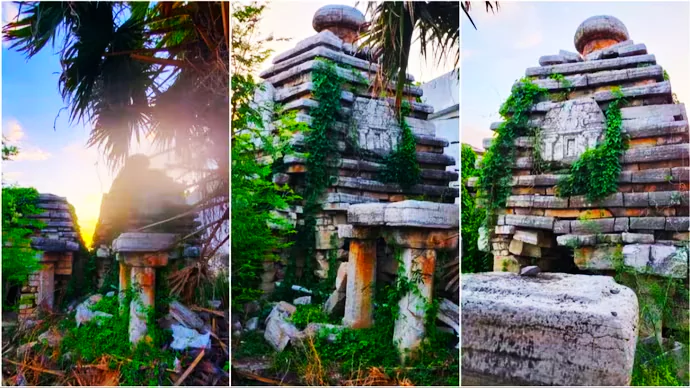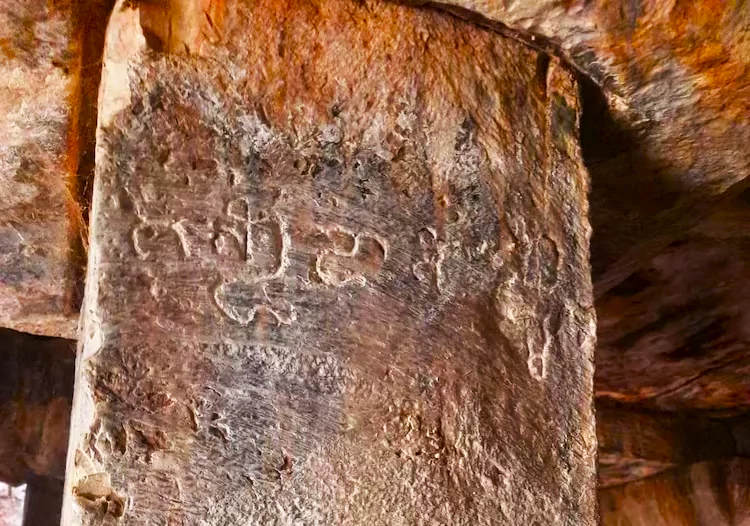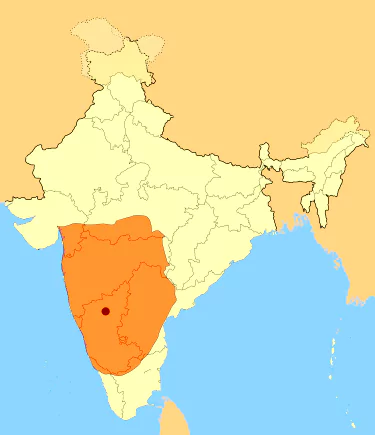![]() 26 Feb 2024
26 Feb 2024
A 1,300-year-old temple belonging to the Badami Chalukyan period was discovered in Telangana recently.



News Source: India Today
| Must Read | |
| NCERT Notes For UPSC | UPSC Daily Current Affairs |
| UPSC Blogs | UPSC Daily Editorials |
| Daily Current Affairs Quiz | Daily Main Answer Writing |
| UPSC Mains Previous Year Papers | UPSC Test Series 2024 |

<div class="new-fform">
</div>